হাসিব মুস্তফা নেদারল্যান্ডসের ইউনিভার্সিটি অব টোয়েন্টে-র সহকারী অধ্যাপক। তিনি আলো–বস্তুর মিথস্ক্রিয়া (laser–material interaction) বিষয়ে গবেষণা করেন, বিশেষত শিল্পপ্রয়োগ ও পরিবেশ পর্যবেক্ষণে লেজার প্রযুক্তির ব্যবহার নিয়ে কাজ করছেন। এর মধ্যে রয়েছে উচ্চক্ষমতার লেজার দিয়ে ধাতব পৃষ্ঠে মাইক্রো–ন্যানো টেক্সচার তৈরি, Direct Energy Deposition (DED) ও লেজার ক্ল্যাডিংয়ের মাধ্যমে ধাতব পাউডার গলিয়ে নতুন স্তর বসানো, এবং প্রক্রিয়া চলাকালে রিয়েল-টাইম সেন্সিং প্রযুক্তির উন্নয়ন।
তিনি ফেমটোসেকেন্ড ও পিকোসেকেন্ড লেজার পালস ব্যবহার করে অত্যন্ত সূক্ষ্ম স্কেলে টেক্সচার তৈরির পাশাপাশি শিল্পপ্রক্রিয়া পর্যবেক্ষণে thermal imaging, OCT ও spectroscopy-ভিত্তিক মনিটরিং সিস্টেম উন্নয়ন করছেন। পরিবেশ ও কৃষি পর্যবেক্ষণে লেজার-ভিত্তিক সেন্সর ও hyperspectral imaging সমন্বিত ড্রোন পে–লোড উন্নত করাও তাঁর কাজের একটি গুরুত্বপূর্ণ দিক। বিদেশে অবস্থান করলেও তাঁর গবেষণা বৈশ্বিক শিল্প, চিকিৎসা ও পরিবেশ–সম্পর্কিত প্রযুক্তি বিকাশে অবদান রাখছে।
💬 প্রশ্নোত্তর পর্ব:
প্রশ্ন: প্রথমেই আপনার সম্বন্ধে আমরা জানতে চাই।
উত্তর: আমি হাসিব মুস্তফা। বর্তমানে নেদারল্যান্ডসের টোয়েন্টে বিশ্ববিদ্যালয়ে সহকারী অধ্যাপক হিসেবে কাজ করছি। আমার গবেষণার মূল আগ্রহ হলো লেজার ও বস্তুর মিথস্ক্রিয়া (laser–material interaction)। এই ক্রিয়াকে আমি দু’ভাবে ব্যবহার করি—
১. Processing (প্রসেসিং): লেজারের সাহায্যে ধাতু বা অন্যান্য পদার্থের পৃষ্ঠ পরিবর্তন করা, যেমন শক্ত করা, টেক্সচার তৈরি করা বা নতুন উপাদান যোগ করা।
২. Sensing (সেন্সিং): লেজার ব্যবহার করে বস্তু বা পরিবেশ থেকে তথ্য সংগ্রহ করা—যেমন তাপমাত্রা, রাসায়নিক বৈশিষ্ট্য বা গাছের স্বাস্থ্য।
প্রশ্ন: আপনার গবেষণার বিষয় কী?
উত্তর: আমি মূলত আলো (laser) ব্যবহার করে দুই ধরনের কাজে গবেষণা করি। সহজভাবে বলতে গেলে, লেজার দিয়ে ধাতুর গায়ে খুব সূক্ষ্ম নকশা আঁকি, যা খালি চোখে দেখা যায় না, কিন্তু মাইক্রোস্কোপে স্পষ্ট বোঝা যায়। এই নকশার কারণে ধাতুর গুণগত মান পরিবর্তিত হয়—কখনও বেশি মজবুত হয়, কখনও বেশি পানি প্রতিরোধী হয়, আবার কখনও ঘর্ষণ বা আলোতে ভিন্ন আচরণ করে। কখনও ধাতুর ওপর নতুন স্তর যোগ করা হয়, যা মেরামতের কাজে ব্যবহৃত হয়। এ ক্ষেত্রে উচ্চক্ষমতার লেজার ব্যবহার করা হয়, যা ধাতুকে মুহূর্তে বাস্পে পরিণত করতে পারে।
অন্যদিকে, ড্রোনে ক্যামেরা ও লেজার সেন্সর বসিয়ে গাছ, পানি বা বাতাসের স্বাস্থ্য পরীক্ষা সম্ভব। শিল্পকারখানায় প্রক্রিয়া পর্যবেক্ষণের জন্যও লেজার-ভিত্তিক সেন্সর ব্যবহৃত হয়।
টেকনিক্যাল ব্যাখ্যা:
- Laser Surface Texturing – ফেমটোসেকেন্ড ও পিকোসেকেন্ড লেজার পালস দ্বারা মাইক্রো–ন্যানো টেক্সচার তৈরি।
- Direct Energy Deposition (DED) ও Laser Cladding – ধাতব পাউডার গলিয়ে নতুন স্তর বসানো।
- In-situ Monitoring – Thermal cameras, OCT ও spectroscopy দিয়ে রিয়েল-টাইম পর্যবেক্ষণ।
- Drone Payload – Laser Induced Fluorescence, hyperspectral imaging ইত্যাদি ব্যবহারে পরিবেশগত সেন্সর প্রযুক্তি উন্নয়ন।
প্রশ্ন: আপনার গবেষণার কাজগুলি কিভাবে আমাদের উপকৃত করবে?
উত্তর: সহজভাবে বলতে গেলে, চিকিৎসা যন্ত্রে ব্যাকটেরিয়া প্রতিরোধী পৃষ্ঠ তৈরি করা যাচ্ছে; গাড়ি ও বিমান শিল্পে যন্ত্রাংশ আরও টেকসই হচ্ছে; ক্ষতিগ্রস্ত ধাতব অংশ মেরামত সহজ হচ্ছে; কৃষিতে ড্রোন-ভিত্তিক পর্যবেক্ষণে উৎপাদন বাড়বে; পরিবেশ দূষণ নির্ণয় আরও নির্ভুল হবে।
টেকনিক্যালভাবে, laser texturing দ্বারা tribology, wettability ও optical properties পরিবর্তন সম্ভব। DED ও cladding দিয়ে tool steel repair, wear resistance ও corrosion protection করা যায়। In-situ monitoring প্রক্রিয়ার স্থায়িত্ব ও গুণগত মান নিশ্চিত করে, এবং ড্রোন পে–লোড precision agriculture ও air-quality mapping–এ সরাসরি প্রযোজ্য।
প্রশ্ন: গবেষণা কাজের বিশেষ কোনো অভিজ্ঞতা আমাদের সঙ্গে শেয়ার করবেন?
উত্তর: গবেষণার মাধ্যমে আমি একদিকে একাডেমিকভাবে, অন্যদিকে ব্যক্তিগতভাবে বহু কিছু শিখেছি। পাঠ্যপুস্তকে পড়া বহু পরীক্ষাকে নিজের হাতে পুনরায় সম্পাদন করেছি, এবং সেই অভিজ্ঞতা আমাকে শিখিয়েছে গবেষণার ফল পেতে কতটা সূক্ষ্ম প্রস্তুতি প্রয়োজন। সফল পরীক্ষা অত্যন্ত আনন্দ দেয় এবং গবেষণা প্রকল্পকে সামনের ধাপে এগিয়ে নেয়।
সবচেয়ে গুরুত্বপূর্ণ হলো, গবেষণা আমাকে আত্মবিশ্বাস দিয়েছে—অজানা প্রশ্ন নিয়ে কাজ করার আত্মবিশ্বাস, নতুন প্রোটোকল প্রয়োগ করার সাহস, এবং নিজের সিদ্ধান্ত সমালোচকদের সামনে উপস্থাপনের দৃঢ়তা। গবেষণা আমাকে শিখিয়েছে অজানাকে গ্রহণ করার মানসিকতা এবং যুক্তিসঙ্গতভাবে অনিশ্চয়তাকে সামলানোর সক্ষমতা।
প্রশ্ন: একজন বিজ্ঞানীর কোন গুণগুলো থাকা প্রয়োজন?
উত্তর: কৌতূহল, ধৈর্য, ব্যর্থতা থেকে শেখার মানসিকতা, দলগতভাবে কাজ করার ক্ষমতা এবং পরিষ্কারভাবে যোগাযোগ করার দক্ষতা।
প্রশ্ন: বাংলাদেশের তরুণ শিক্ষার্থীদের জন্য আপনার বার্তা কী?
উত্তর: বিজ্ঞানের পথে হাঁটতে চাইলে কৌতূহলই প্রথম শর্ত। ভুল করতে ভয় পাবেন না। সমস্যা শনাক্ত করে তার সমাধান খুঁজতে শিখুন। বড় স্বপ্ন দেখুন, তবে ধাপে ধাপে এগিয়ে যান। প্রতিদিন সামান্য হলেও নিয়মিত চর্চাই বড় সাফল্য এনে দেয়। পাশাপাশি বহুমাত্রিক দক্ষতা—বেসিক সায়েন্স, প্রোগ্রামিং, ইন্সট্রুমেন্টেশন ও যোগাযোগ—আন্তর্জাতিক পর্যায়ে প্রতিযোগিতার জন্য অত্যন্ত গুরুত্বপূর্ণ।
🔗 প্রোফাইল লিংক:
✉️ ইমেইল (পার্সোনাল): [email protected]
✉️ ইমেইল (ইউনিভার্সিটি): [email protected]
🔗 লিঙ্কডইন প্রোফাইল: www.linkedin.com/in/hasibmustafa
🏛️ বিশ্ববিদ্যালয় প্রোফাইল: https://people.utwente.nl/h.mustafa
লেজার–বস্তুর মিথস্ক্রিয়া, পরিবেশ পর্যবেক্ষণ প্রযুক্তি এবং শিল্প-উৎপাদন মানোন্নয়নে হাসিব মুস্তফার গবেষণা সমসাময়িক বিজ্ঞানচর্চার একটি উল্লেখযোগ্য ক্ষেত্রকে সমৃদ্ধ করছে। তাঁর কাজ নতুন প্রজন্মের গবেষকদের জন্য একটি দিকনির্দেশনা, বিশেষত যারা আধুনিক অপটিক্স ও উচ্চক্ষমতার লেজার প্রযুক্তি নিয়ে এগোতে চান। biggani.org টিম তাঁর গবেষণাজীবনের অগ্রগতির জন্য শুভকামনা জানাচ্ছে। তাঁর গবেষণা বাংলাদেশের তরুণ শিক্ষার্থীদের বিজ্ঞানচর্চায় আরও উৎসাহিত করবে—এই প্রত্যাশা।
From High-Power Lasers to Drone Sensing: Research Perspectives by Hasib Mustafa
Hasib Mustafa is an Assistant Professor at the University of Twente, Netherlands. His primary research area is laser–material interaction, with applications spanning industrial manufacturing, repair engineering, sensing, and environmental monitoring. His work includes generating micro- and nanoscale surface textures using femtosecond and picosecond laser pulses, applying Direct Energy Deposition (DED) and laser cladding for metal repair and coating, and developing real-time in-situ monitoring systems for laser-based manufacturing processes using thermal imaging, OCT, and spectroscopy.
He also develops advanced drone-based payloads that integrate laser-induced fluorescence, hyperspectral imaging, and triangulation methods to map environmental parameters, plant health, and air quality. Although based abroad, his research contributes globally to the advancement of laser technology in industry, medical devices, environmental sensing, and precision agriculture.
💬 Interview (Q&A):
Question: First, tell us about yourself.
Answer: I am Hasib Mustafa. I am currently working as an Assistant Professor at the University of Twente in the Netherlands. My core research interest is laser–material interaction. I apply this interaction in two major ways:
- Processing: Using lasers to modify the surfaces of metals and other materials—strengthening, texturing, or depositing new material.
- Sensing: Using lasers to collect information from objects or the environment—temperature, chemical signatures, or plant health.
Question: What is the primary focus of your research?
Answer: I mainly work on the use of lasers for two purposes. In simple terms, I draw extremely fine patterns on metal surfaces—patterns invisible to the naked eye but visible under a microscope. These textures modify the metal’s properties: they may increase its strength, water resistance, or alter its optical or tribological behavior. Sometimes I also deposit new metal layers using high-power lasers, which can instantly melt and vaporize steel, titanium, and other alloys.
On the sensing side, drones equipped with laser sensors and cameras can monitor plant health, water quality, or air composition. In factories, laser-based sensors help monitor manufacturing processes in real time.
Technical explanation:
- Laser Surface Texturing: Creating micro–nano textures with femtosecond and picosecond laser pulses.
- Direct Energy Deposition (DED) and Laser Cladding: Melting metal powder with lasers to build new layers for repair and coating.
- In-situ Monitoring: Using thermal cameras, OCT, and spectroscopy to monitor processes in real time.
- Drone Payload: Developing environmental sensing systems using laser-induced fluorescence, hyperspectral imaging, and triangulation.
Question: How do your research outcomes benefit society?
Answer: In simple terms, laser texturing can create bacteria-resistant surfaces for medical devices; improve durability of parts in automotive and aerospace applications; enable easier repair of damaged components; enhance agricultural productivity using drone-based plant monitoring; and provide accurate environmental pollution mapping.
Technically, laser texturing modifies tribology, wettability, and optical properties. DED and cladding enable tool-steel repair, reduce wear, and protect against corrosion. In-situ monitoring enhances process stability and quality assurance. Drone payload systems directly support precision agriculture, environmental monitoring, and air-quality mapping.
Question: Can you share a memorable experience from your research life?
Answer: Through research I have learned a great deal both academically and personally. I recreated many textbook experiments with my own hands, and they taught me how meticulous planning must be for a successful experiment. A successful test brings immense satisfaction and moves the project forward.
Most importantly, research gave me confidence—the confidence to try new protocols, to investigate unknown questions, to defend my results in front of critics, and to apply my findings to real-world problems. I discovered that I am hardworking, determined, and deeply curious. Research taught me how to embrace uncertainty and navigate it rationally.
Question: What qualities do you think a scientist should have?
Answer: Curiosity, patience, willingness to learn from failure, collaboration, and clear communication.
Question: What message would you give to young Bangladeshi students who want to pursue science?
Answer: Start with curiosity. Ask questions, and don’t fear making mistakes. Develop a problem-solving mindset. Identify real issues around you and think of practical solutions. Dream big, but progress step by step. Regular small efforts accumulate into big achievements. Build multidisciplinary skills—strong basic science, programming, instrumentation, and communication. These skills help you compete globally.
🔗 Profile Links:
✉️ Email (Personal): [email protected]
✉️ Email (University): [email protected]
🔗 LinkedIn Profile: www.linkedin.com/in/hasibmustafa
🏛️ University Profile: https://people.utwente.nl/h.mustafa
Hasib Mustafa’s work in laser–material interaction, environmental sensing, and advanced manufacturing contributes significantly to modern engineering and scientific development. His research offers valuable insights for emerging scientists—particularly those interested in optics, laser processing, and sensing technologies.
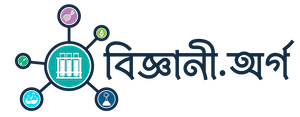
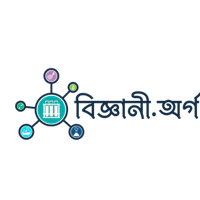
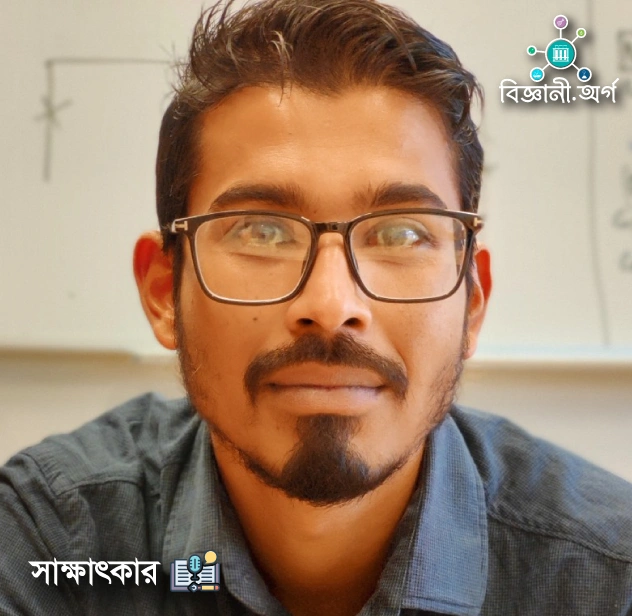



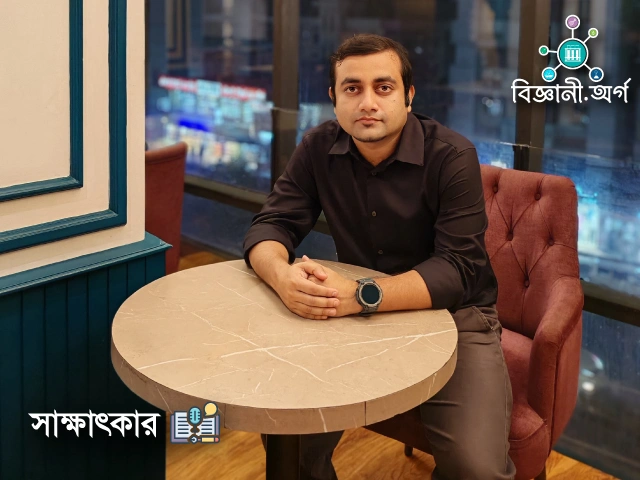

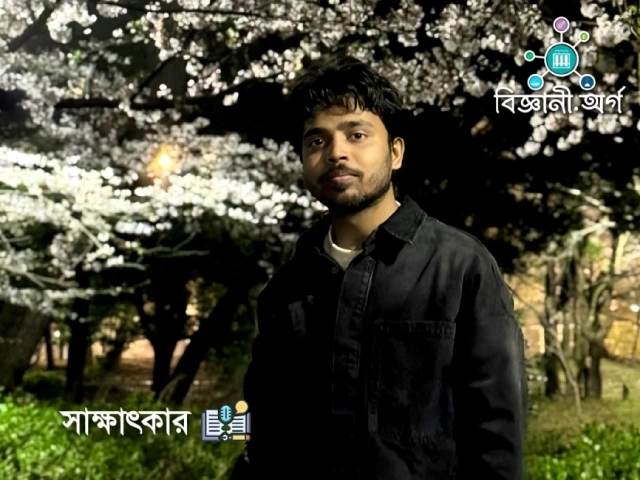
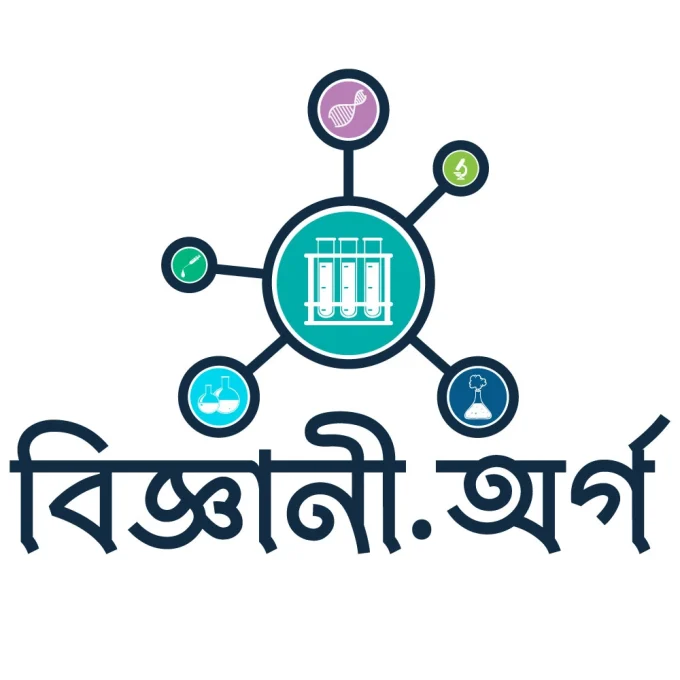
Leave a comment